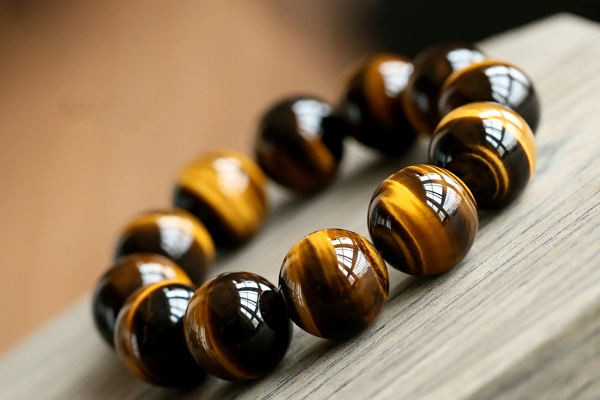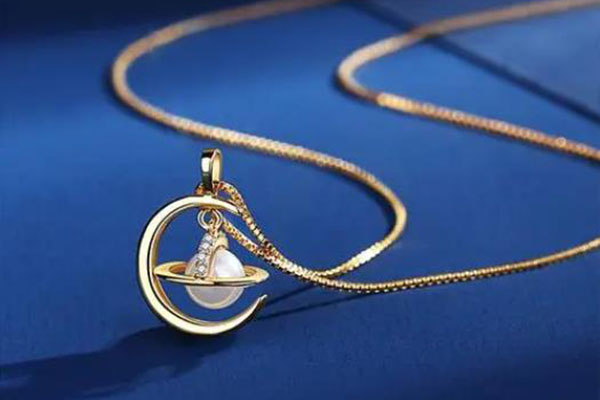Gemstones and crystals are treasured for their unique beauty and healing properties. Two popular black stones are black tourmaline and obsidian, and it’s easy to confuse them. Black tourmaline and obsidian have similar colors and share metaphysical properties, but their physical characteristics and formations are different. Knowing how to tell them apart can help you choose the right stone for your needs.
Physical Characteristics
Color
Black tourmaline and obsidian are both black, but black tourmaline can have brown or gray hues. Obsidian can have a green or brown tint due to impurities or iron inclusions.
Luster
Black tourmaline has a dull to vitreous luster, meaning it can be glassy or shiny. Obsidian has a glassy or vitreous luster that is more reflective than black tourmaline.
Texture
Black tourmaline has a granular texture, while obsidian has a smooth texture. The surface of obsidian may feel slightly greasy due to its high silica content.
Transparency
Black tourmaline is opaque, meaning it does not allow light to pass through it. Obsidian can be opaque or translucent, meaning it allows some light to pass through it.
Hardness
Black tourmaline has a hardness of 7 to 7.5 on the Mohs scale, making it a durable stone. Obsidian has a hardness of 5 to 5.5, making it a softer stone that can scratch easily.
Fracture
Black tourmaline has a conchoidal fracture, meaning it breaks into curved pieces with a smooth surface. Obsidian also has a conchoidal fracture but breaks into sharp-edged pieces.
Specific Gravity
Black tourmaline has a specific gravity of 3.06 to 3.25, while obsidian has a specific gravity of 2.35 to 2.60. Specific gravity is a measure of the stone’s density and weight.
Visual Differences
Surface Texture and Pattern
Black tourmaline has a rough surface and a layered appearance due to its crystal structure. Obsidian has a smooth surface and can have patterns such as snowflake obsidian or mahogany obsidian.
Reflectivity and Shine
Obsidian has a higher reflectivity than black tourmaline, giving it a glass-like shine. Black tourmaline may have a duller shine due to its granular texture.
Overall Appearance
Black tourmaline has a matte or dull appearance, while obsidian has a glossy or shiny appearance. Black tourmaline can have a brown or gray hue, while obsidian can have a green or brown tint.
Formation
Black tourmaline is formed from magma and metamorphic rocks, while obsidian is formed from volcanic lava that cools rapidly. This difference in formation results in different crystal structures and physical characteristics.
Testing Methods
Scratch Test
Black tourmaline is a harder stone than obsidian, so it will not scratch as easily. You can perform a scratch test by using a sharp object such as a knife or needle to scratch the surface of the stone. If the stone is scratched, it is likely obsidian.
Water Test
Black tourmaline is not affected by water, while obsidian can absorb water and change its appearance. You can perform a water test by placing the stone in water for a few minutes. If the stone becomes darker or its surface becomes cloudy, it is likely obsidian.
Heat Test
Black tourmaline is not affected by heat, while obsidian can fracture or change color when heated. You can perform a heat test by heating the stone with a lighter or torch for a few seconds. If the stone cracks or changes color, it is likely obsidian.
Acid Test
Black tourmaline is not affected by acid, while obsidian can react to acid and bubble or fizz. You can perform an acid test by placing a drop of acid such as vinegar or lemon juice on the stone. If the stone bubbles or fizzes, it is likely obsidian.
Common Uses
Metaphysical Properties and Uses
Black tourmaline and obsidian both have protective and grounding properties. Black tourmaline is said to protect against negative energy and electromagnetic radiation, while obsidian is said to absorb negative energy and promote self-awareness. They are often used in meditation, energy work, and feng shui.
Industrial and Commercial Uses
Black tourmaline is used in electronics and energy production due to its piezoelectric and pyroelectric properties. It is also used in jewelry and fashion due to its unique appearance. Obsidian is used in jewelry, sculpture, and cutting tools due to its sharpness and smooth texture.
Conclusion
Black tourmaline and obsidian are two popular black stones with similar properties but different physical characteristics and formations. By knowing how to tell them apart, you can choose the right stone for your needs and enjoy their beauty and healing properties. Remember to always use caution and perform tests before purchasing or using gemstones and crystals.




